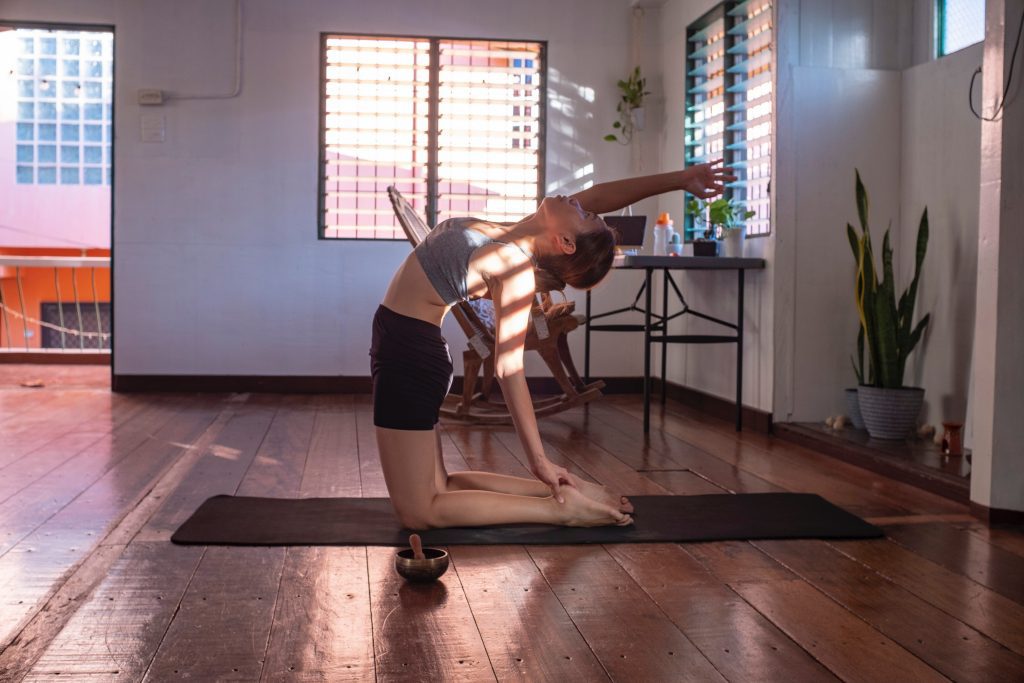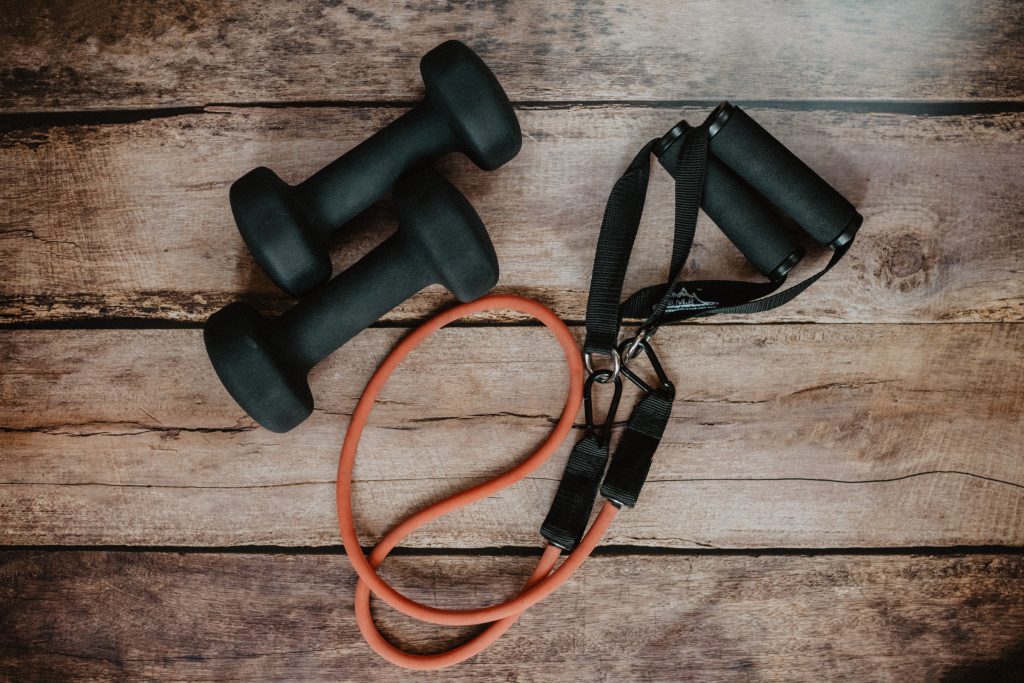Low-Impact Workouts: What Exactly Are They
As with most things in life, the fitness industry is evolving, giving rise to many new and present-day workout routines. The fitness culture keeps getting refined as people strive to exercise their bodies in the most perfect and comfortable ways. While this is good, it also creates issues for people who are not conversant with some phrases that accompany these new workouts.

Low-impact workouts fit perfectly into the list of some of these new exercises. While it is effortless to explain this term as some not-too-difficult kind of exercise, there is a lot about this new category of exercise. So, what are low-impact workouts?
As pointed out earlier, low-impact workouts are not a type of exercise that does not stress the body. Fitness pros have explained this term in different ways. The easiest way to understand this is by seeing a low-impact workout as one in which you won’t necessarily have to force your body to brace itself for impact during workout sessions.
Most exercises under this category will allow you to have one foot on the floor when working out. This way, you won’t make as much impact as you would with exercises requiring contact with both feet at once.

It is important to understand that low-impact workouts do not mean simple or easy exercises. Interestingly, you will find some low-impact workouts more complex than the conventional ones. What makes low-impact workouts better is that, although the intensity of the workout remains the same, the overall impact of the exercise on your joints will be minimal.
Examples of low-impact exercises are yoga, cycling, Pilates, swimming, and walking. At times, by adjusting your jump moves, you can turn a high-impact workout into a low-impact.
